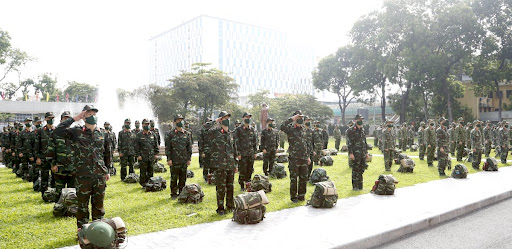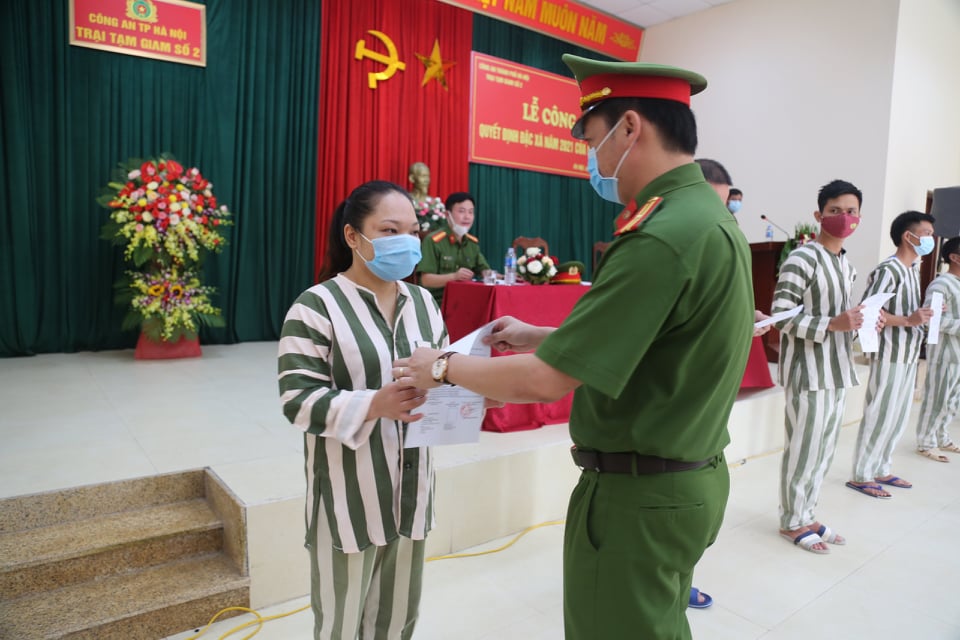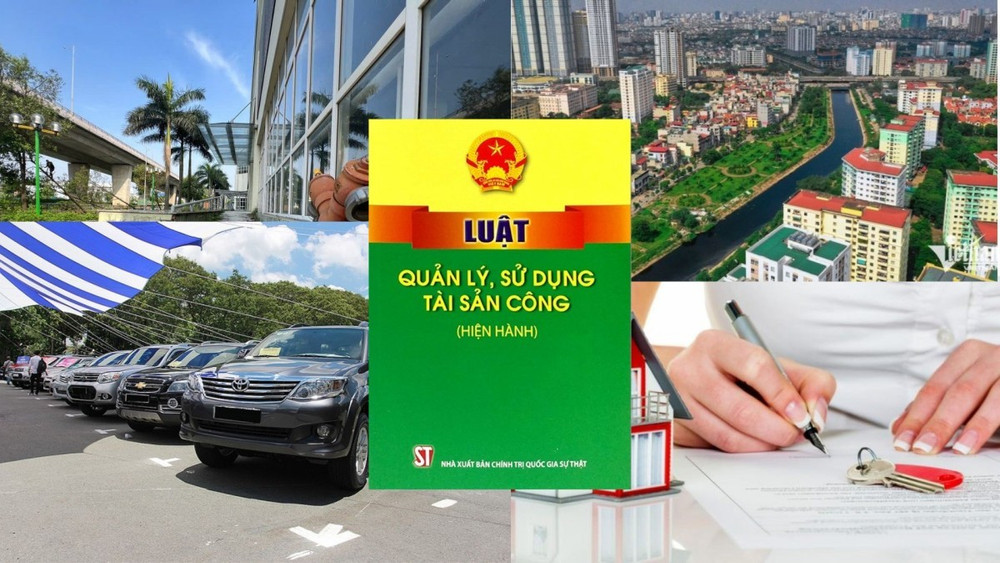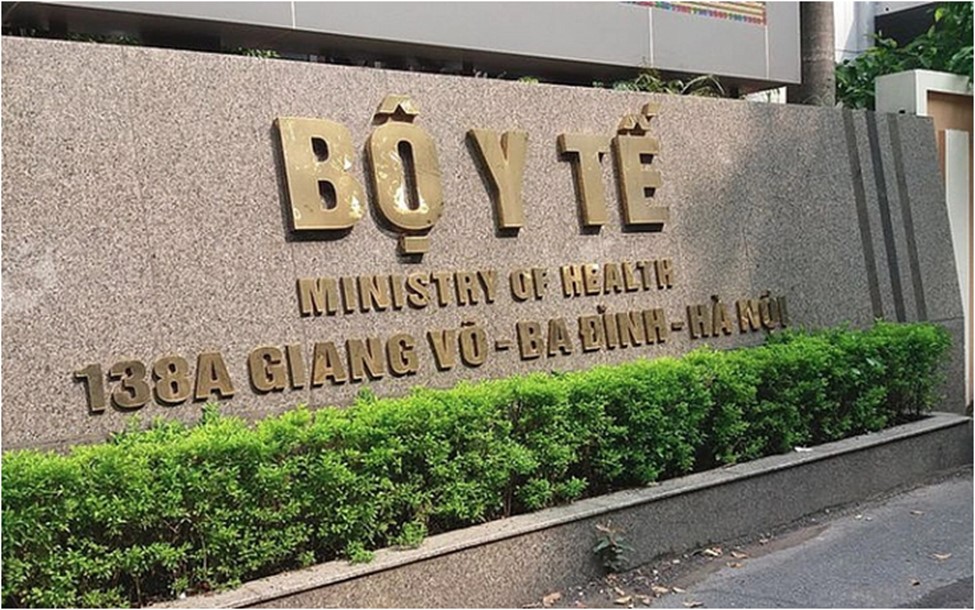Action Plan for Implementing the National Civil Defense Strategy until 2030 and the following years in Vietnam
On May 23, 2024, the Prime Minister issued Decision 444/QD-TTg on Action Plan for Implementing the National Civil Defense Strategy until 2030 and the following years in Vietnam.

Action Plan for Implementing the National Civil Defense Strategy until 2030 and the following years in Vietnam (Internet image)
Action Plan for Implementing the National Civil Defense Strategy until 2030 and the following years in Vietnam
The action plan for implementing the National Civil Defense Strategy until 2030 and the following years in Vietnam includes the following tasks and solutions:
* In the phase until 2025, the focus is on the main tasks:
- Restructuring the National Civil Defense Steering Committee based on national-level steering committees: the National Civil Defense Steering Committee; the National Steering Committee for Natural Disaster Prevention and Control; the National Committee for Incident Response, Disaster, and Search and Rescue.
- Completing and improving the organizational structure, leadership mechanisms, and operational command of civil defense from central to local levels, as well as agencies and units, ensuring unity, coordination, efficiency, and effectiveness.
- Reviewing and supplementing the system of legal normative documents, mechanisms, and policies related to ensuring compliance with the Law on Civil Defense and practical requirements.
- Reviewing and improving the system of civil defense plans to ensure their appropriateness to the practical development of the national economy, society, sectors, and fields; ensuring adaptation to climate change, minimizing damage from incidents, disasters, and epidemics, and contributing to national defense and security.
- Enhancing knowledge of civil defense, improving leadership and command capabilities for party committees; enhancing management, command, and operational capabilities of civil defense activities for local government leaders; enhancing professional competence, expertise, and knowledge of civil defense for the information and communication task force at central and local ministries and agencies.
- Strengthening information dissemination and raising awareness and responsibilities for civil defense among forces and the people; promoting necessary skills for the people to know how to protect themselves from incidents, disasters, and actively participating in community protection.
- Reviewing and completing the organization and structure of civil defense forces from central to local levels to ensure unity, streamlining, and effectiveness; establishing appropriate operational mechanisms for civil defense activities based on organizational structure, capabilities, and characteristics of incident types and disasters.
- Implementing approved programs, projects, and sectoral strategies; prioritizing resources to focus on completing essential works in areas with high risks of natural disasters; establishing and operationalizing the central civil defense fund and local civil defense funds.
- Reviewing and promoting the signing of international cooperation agreements on civil defense to exchange experiences, share information, apply scientific and technological advancements, and train civil defense personnel; being prepared to deploy forces and assets to participate in humanitarian assistance and disaster relief in the region and internationally.
* Phase 2 from 2025 to 2030 and the following years:
- Continuously improving the methods and content of information dissemination, promoting knowledge and skills for community prevention, response, and recovery from war, incidents, disasters, and epidemics.
- Focusing on investing in specialized forces capable of meeting mission requirements, especially for high-risk incidents and disasters; emphasizing the enhancement of on-site forces to ensure the effective implementation of the "four on-site" principle.
- Strengthening training, exercises, and practical simulations of new and complex issues to study, draw lessons, and enhance preparedness, response, and recovery capabilities for incidents, disasters, and emergencies. Simultaneously, improving command and operational capabilities for officials at all levels and enhancing the skills of specialized forces with dual roles.
- Continuously implementing key programs, projects, and initiatives regarding national civil defense. Completing the construction of civil defense infrastructure in high-risk disaster-prone areas; registering and compiling a system of dual-use facilities ready for civil defense missions when needed.
- Improving plans and plans for the exploitation and use of underground facilities; establishing defense criteria for underground and key facilities; and national programs related to economic and social development, gradually enhancing disaster prevention capabilities during wartime.
- Diversifying resources for prevention, response, and recovery from incidents, disasters, epidemics, and war; enhancing national reserve resources for essential and strategic supplies to ensure civil defense missions; expanding the model of rapid response teams at the grassroots level; and developing volunteer forces for information dissemination and post-incident, disaster, and epidemic recovery.
- Maintaining and promoting international cooperation in civil defense, implementing cooperative agreements, transferring and applying scientific and technological achievements, and strengthening the training of civil defense personnel.
- Promoting research and application of science and technology in civil defense activities, focusing on improving monitoring, warning, and forecasting capabilities for incidents, disasters; enhancing the production capacity of civil defense equipment; and making breakthroughs in response capabilities to incidents, disasters, epidemics, and war consequences.
- Summarizing, evaluating, and conducting supplementary research and development of theories related to civil defense.
- Number of deputy directors of departments in Vietnam in accordance with Decree 45/2025/ND-CP
- Cases ineligible for pardon in Vietnam in 2025
- Decree 50/2025 amending Decree 151/2017 on the management of public assets in Vietnam
- Circular 07/2025 amending Circular 02/2022 on the Law on Environmental Protection in Vietnam
- Adjustment to the organizational structure of the Ministry of Health of Vietnam: Certain agencies are no longer listed in the organizational structure
- Vietnam aims to welcome 22-23 million international tourists in Vietnam in 2025
-

- Number of deputy directors of departments in Vietnam ...
- 15:04, 05/03/2025
-

- Cases ineligible for pardon in Vietnam in 2025
- 14:43, 05/03/2025
-

- Decree 50/2025 amending Decree 151/2017 on the ...
- 12:00, 05/03/2025
-

- Circular 07/2025 amending Circular 02/2022 on ...
- 11:30, 05/03/2025
-

- Adjustment to the organizational structure of ...
- 10:34, 05/03/2025
-

- Notable new policies of Vietnam effective as of ...
- 16:26, 11/04/2025
-
.Medium.png)
- Notable documents of Vietnam in the previous week ...
- 16:21, 11/04/2025
-
.Medium.png)
- Notable documents of Vietnam in the previous week ...
- 16:11, 02/04/2025
-
.Medium.png)
- Notable new policies of Vietnam to be effective ...
- 16:04, 02/04/2025
-
.Medium.png)
- Notable new policies of Vietnam effective from ...
- 14:51, 21/03/2025

 Article table of contents
Article table of contents
